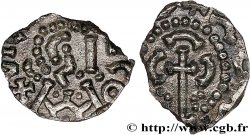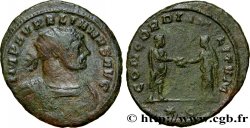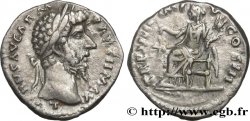You must signin and be an approved bidder to bid, LOGIN TO BID. Accounts are subject to approval and the approval process takes place within 48 hours. Do not wait until the day a sale closes to register. Clicking on « bid » constitutes acceptance of the terms of use of cgb.fr private e-auctions.
Bids must be placed in whole Euro amounts only. The sale will start closing at the time stated on the item description; any bids received at the site after the closing time will not be executed. Transmission times may vary and bids could be rejected if you wait until the last second. For further information ckeck the E-auctions F.A.Q.
NO BUYER'S FEE.
NO BUYER'S FEE.
| Estimate : | 250 € |
| Price : | 90 € |
| Maximum bid : | 96 € |
| End of the sale : | 13 March 2023 14:03:00 |
| bidders : | 14 bidders |
Type : Nomos, statère ou didrachme
Date: c. 293/290 - 280 AC.
Mint name / Town : Vélia, Lucanie
Metal : silver
Diameter : 22 mm
Orientation dies : 2 h.
Weight : 6,97 g.
Rarity : R1
Coments on the condition:
Exemplaire sur un flan ovale bien centré des deux côtés à l’usure plus marquée au droit qu’au revers. Patine de collection ancienne
Catalogue references :
Obverse
Obverse description : Tête d'Athéna à gauche, coiffée du casque attique à cimier avec triple aigrette, orné d’un griffon.
Obverse legend : F/AR
Reverse
Reverse description : Lion passant à droite ; caducée tourné à droie, au-dessus.
Reverse legend : UELHTWN
Commentary
Poids léger. Sur cet exemplaire de la série 80, au revers le caducée est décrit avec un filet qui est invisible sur notre exemplaire comme sur de nombreux exemplaires de l’ouvrage de Williams. Très tôt, le monnayage de Vélia a été décrit comme ayant inspiré la drachme lourde de Marseille (LT. 785-791). Certains l’ont même décrit comme un monnayage symmachique : un lion de Vélia étant l’équivalent de deux lions de Marseille. Aujourd’hui, cette théorie est remise en cause, par G. Depeyrot, non sans arguments, mais avec une certaine acrimonie. Le lion de Vélia a pu servir de modèle à celui de Marseille, mais à quelle date ? La frappe à Vélia commence dans la seconde moitié du Ve siècle avant J.-C. pour se poursuivre jusqu’en 281 avant J.-C. À quel moment les Massaliotes auraient-ils emprunté le lion de Vélia ?.
Lightweight. On this example from series 80, on the reverse, the caduceus is depicted with a fillet that is invisible on our example as on many examples of Williams's work. Very early on, the coinage of Velia was described as having inspired the heavy drachma of Marseille (LT. 785-791). Some have even described it as a symmachic coinage: one lion of Velia being the equivalent of two lions of Marseille. Today, this theory is challenged, by G. Depeyrot, not without arguments, but with a certain acrimony. The lion of Velia could have served as a model for that of Marseille, but at what date? Minting at Velia began in the second half of the 5th century BC and continued until 281 BC. At what point would the Massaliotes have borrowed the lion of Velia?
Lightweight. On this example from series 80, on the reverse, the caduceus is depicted with a fillet that is invisible on our example as on many examples of Williams's work. Very early on, the coinage of Velia was described as having inspired the heavy drachma of Marseille (LT. 785-791). Some have even described it as a symmachic coinage: one lion of Velia being the equivalent of two lions of Marseille. Today, this theory is challenged, by G. Depeyrot, not without arguments, but with a certain acrimony. The lion of Velia could have served as a model for that of Marseille, but at what date? Minting at Velia began in the second half of the 5th century BC and continued until 281 BC. At what point would the Massaliotes have borrowed the lion of Velia?







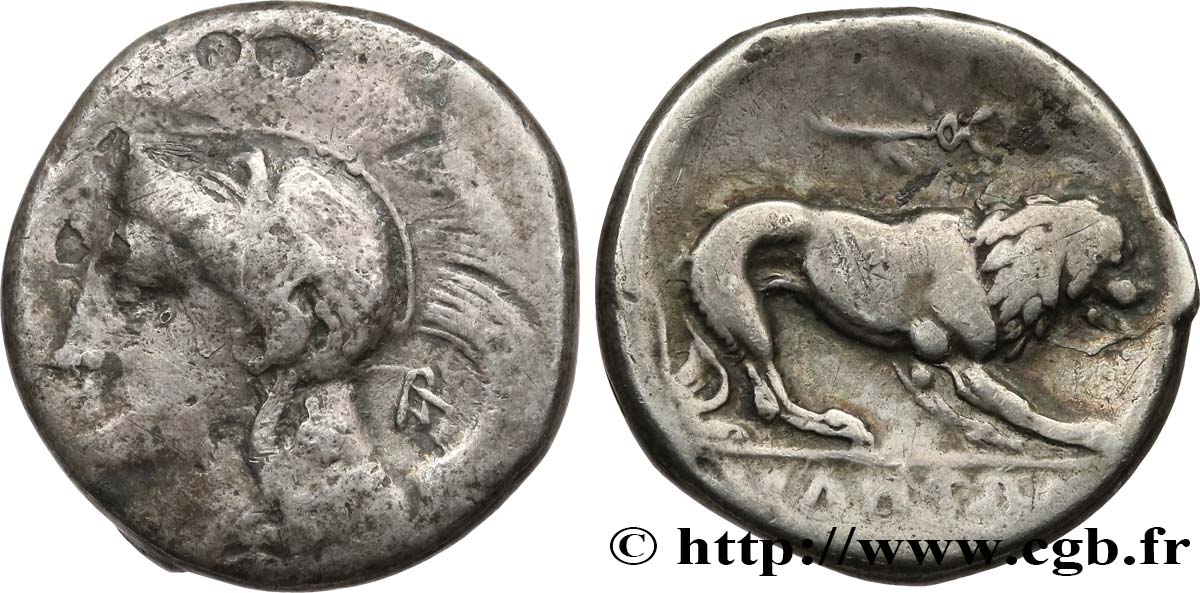
 Report a mistake
Report a mistake Print the page
Print the page Share my selection
Share my selection Ask a question
Ask a question Consign / sell
Consign / sell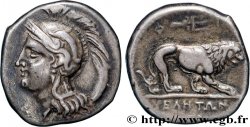
 Full data
Full data





